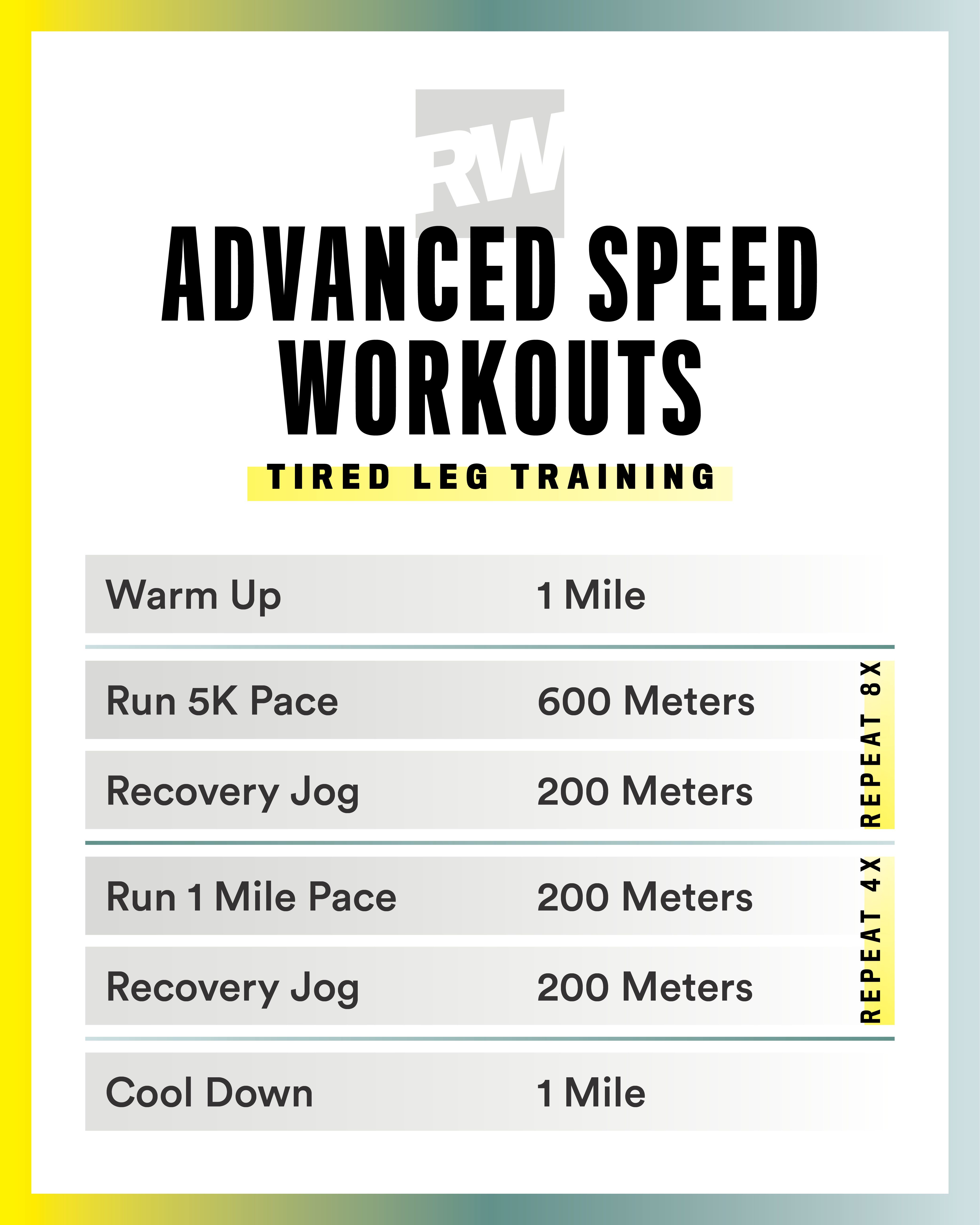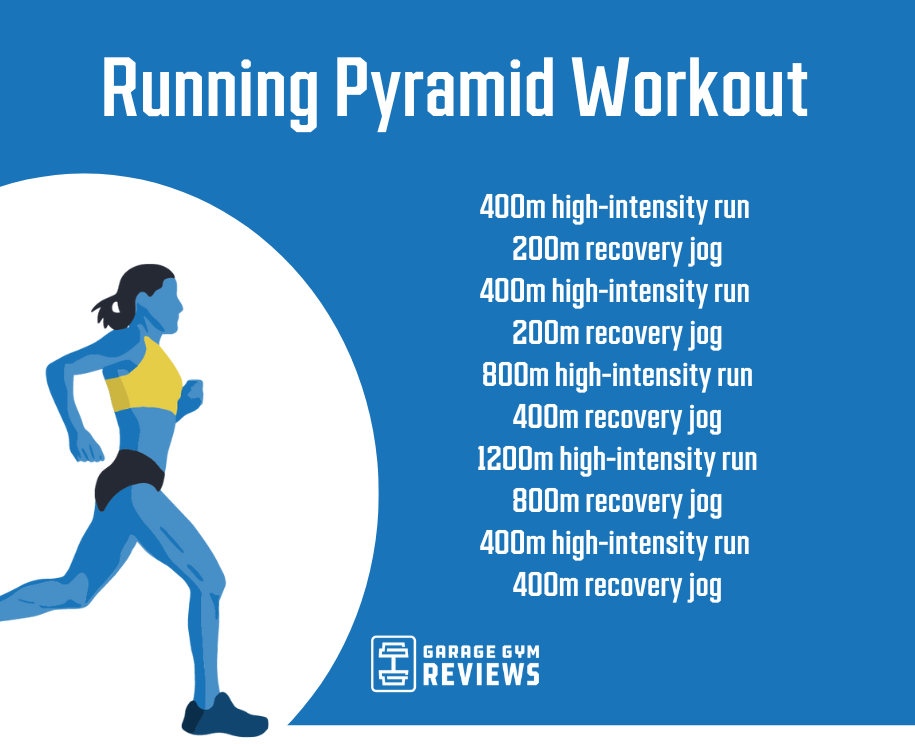Dealing With Typical Running Discomforts: Reasons, Solutions, and Avoidance
As joggers, we commonly experience numerous discomforts that can prevent our efficiency and enjoyment of this physical activity. By checking out the origin factors for these operating discomforts, we can discover targeted remedies and preventative actions to ensure a smoother and more fulfilling running experience.
Common Running Pain: Shin Splints
Shin splints, a common running pain, typically result from overuse or incorrect footwear during physical activity. This condition, clinically called median tibial stress and anxiety disorder, materializes as pain along the inner side of the shinbone (shin) and prevails amongst athletes and joggers. The repeated anxiety on the shinbone and the tissues attaching the muscles to the bone leads to inflammation and discomfort. Joggers who rapidly increase the strength or period of their workouts, or those who have level feet or inappropriate running methods, are especially susceptible to shin splints.
To prevent shin splints, individuals must progressively raise the intensity of their workouts, wear suitable footwear with appropriate arch assistance, and preserve adaptability and toughness in the muscular tissues bordering the shin (running strategy). Additionally, incorporating low-impact activities like swimming or cycling can help maintain cardiovascular fitness while allowing the shins to heal.
Common Running Pain: IT Band Syndrome
In addition to shin splints, another common running pain that athletes commonly run into is IT Band Disorder, a problem triggered by inflammation of the iliotibial band that runs along the external upper leg and knee. IT Band Syndrome generally manifests as discomfort outside of the knee, specifically throughout activities like running or biking. The iliotibial band is a thick band of fascia that attaches the hip to the shin, and when it ends up being swollen or tight, it can rub against the upper leg bone, resulting in discomfort and pain.
Joggers experiencing IT Band Disorder may notice a painful or hurting feeling on the outer knee, which can worsen with continued task. Variables such as overuse, muscle mass discrepancies, improper running type, or inadequate workout can add to the advancement of this problem. To avoid and ease IT Band Disorder, runners need to focus on stretching and reinforcing exercises for the hips and thighs, correct footwear, gradual training development, and attending to any biomechanical concerns that may be exacerbating the issue. Ignoring the signs of IT Band Syndrome can bring about chronic concerns and prolonged recuperation times, emphasizing the relevance of early treatment and correct administration approaches.
Typical Running Pain: Plantar Fasciitis

Plantar Fasciitis can be credited to numerous variables such as overtraining, improper footwear, operating on difficult surface areas, or having high arcs or level feet. To protect against and reduce Plantar Fasciitis, runners can integrate stretching exercises for the calf bones and plantar fascia, wear supportive footwear, maintain a healthy weight to reduce strain on the feet, and gradually increase running intensity to next stay clear of abrupt anxiety on the plantar fascia. If signs and symptoms linger, it is advised to get in touch with a medical care specialist for appropriate medical diagnosis and treatment options to deal with the problem efficiently.
Usual Running Discomfort: Jogger's Knee
After resolving the obstacles of Plantar Fasciitis, one more prevalent concern that joggers frequently face is Runner's Knee, a common running discomfort that can impede athletic performance and create pain during exercise. Jogger's Knee, also known as patellofemoral discomfort syndrome, manifests as discomfort around or behind the kneecap. This problem is typically attributed to overuse, muscular tissue imbalances, incorrect running techniques, or troubles with the positioning of the kneecap. Runners experiencing this discomfort may feel a plain, hurting pain while running, rising or down stairways, or after prolonged periods of sitting. To stop Jogger's Knee, it is important to incorporate correct warm-up and cool-down routines, keep strong and well balanced leg muscles, put on suitable shoes, and slowly raise running intensity. If signs and symptoms persist, looking for guidance from a healthcare expert or a sporting activities medicine professional is recommended to detect the underlying cause and establish a customized treatment plan to alleviate the pain and protect against further difficulties.
Typical Running Discomfort: Achilles Tendonitis
Commonly afflicting runners, Achilles Tendonitis is a painful condition that influences the Achilles ligament, creating discomfort and potential restrictions in physical activity. The Achilles ligament is a thick band of cells that links the calf bone muscular tissues to the heel bone, crucial for activities like running, jumping, and walking - find this. Achilles Tendonitis frequently establishes as a result of overuse, inappropriate footwear, inadequate stretching, or unexpected rises in physical activity
Signs And Symptoms of Achilles Tendonitis consist of discomfort and tightness along the tendon, especially in the early morning or after durations of inactivity, swelling that aggravates with task, and perhaps bone spurs in persistent instances. To stop Achilles Tendonitis, it is vital to stretch properly in the past and after running, put on suitable footwear with correct support, progressively raise the strength of exercise, and cross-train to reduce recurring anxiety on the tendon.
Verdict
